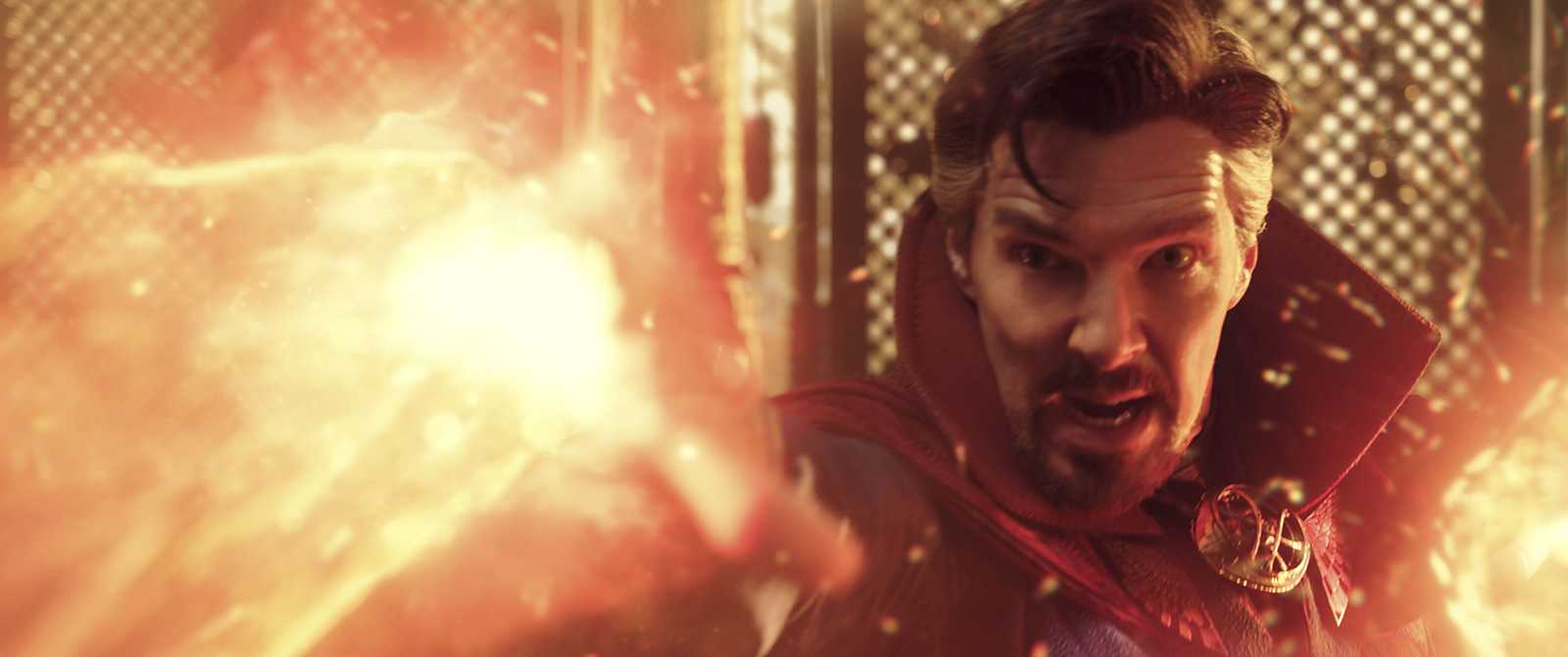Marvel’s latest blockbuster, “Doctor Strange in the Multiverse of Madness,” is its first attempt at a horror film. “Evil Dead” director Sam Raimi balances “Marvel magic” and his signature scares in the sequel, which released on May 6 and is available in theaters now.
Most viewers remember Raimi more for directing the original “Spider-Man” films, but the poorly received third film in the trilogy discouraged Raimi from taking on another superhero film until this year, according to Slash Film.
When it comes to Marvel trying out horror, Raimi is the perfect choice. The visceral gore and over-the-top scenarios that made the “Evil Dead” films cult classics returned in full force in the “Doctor Strange” sequel, and no character — from the titular hero himself to newly introduced cameo features — was safe.
If you’ve missed some of Marvel’s shows or movies along the way, some cameos may leave you confused. Some characters were beloved enough to earn a round of applause across the audience, while others were met with confused whispers.
One character fans can count on seeing is Wanda Maximoff, or the Scarlet Witch, whose appearance takes place two years after Disney+’s “WandaVision.” It’s Elizabeth Olsen, who has been playing the character since 2014’s “Captain America: The Winter Soldier” post-credits scene, who drives the plot of the film.
Some of the most emotional scenes come from Benedict Cumberbatch as Doctor Strange himself, who is questioning his satisfaction with life after attending the wedding of ex-girlfriend Christine, played by Rachel McAdams. Each Strange featured in the multiverse grapples with the same issue, giving Cumberbatch time to flex his Oscar-nominated skills as multiple versions of a man plagued with regret.
Between the heavy performances by Olsen and Cumberbatch, it’s newcomer Xochitl Gomez in her debut performance as America Chavez that brings heart to the film.
Chavez, able to travel the multiverse but not yet able to control the skill, is also one of the MCU’s first queer heroes. The character is a lesbian, and wears an LGBTQ+ flag pin throughout the movie, but her identity is not explicitly discussed.
It’s hard to appreciate these three performances to the fullest, however, when Raimi is also tasked with laying the groundwork for whatever the next MCU projects in the works are, or to gauge interest for potential projects in the case of a few cameos.
It’s clear that there’s two separate films being crammed into one to fulfill both Raimi’s directorial vision and the ever-widening scope of the Marvel Cinematic Universe (MCU). It’s no surprise that Raimi said that his emphasis when directing had to be on serving the MCU rather than making his own film.
“The job is to complete mile 16 of a bridge that has been under construction for 15 years,” he told Slash Film.
What could’ve been a deep dive into the horror genre based around three compelling characters instead ends up spending most of its time cementing future MCU movies and TV shows while sporadically shocking viewers with jump scares and gore. Each scene is so bogged down with cameos and callbacks to moments from past films and shows that little spare time is left to dig into the characters of Strange, Wanda and America themselves.
At the end of the day, “Doctor Strange in the Multiverse of Madness” could’ve been a great Raimi film, but instead is an OK Marvel film that will surely cement the MCU’s future without coloring outside the lines.




